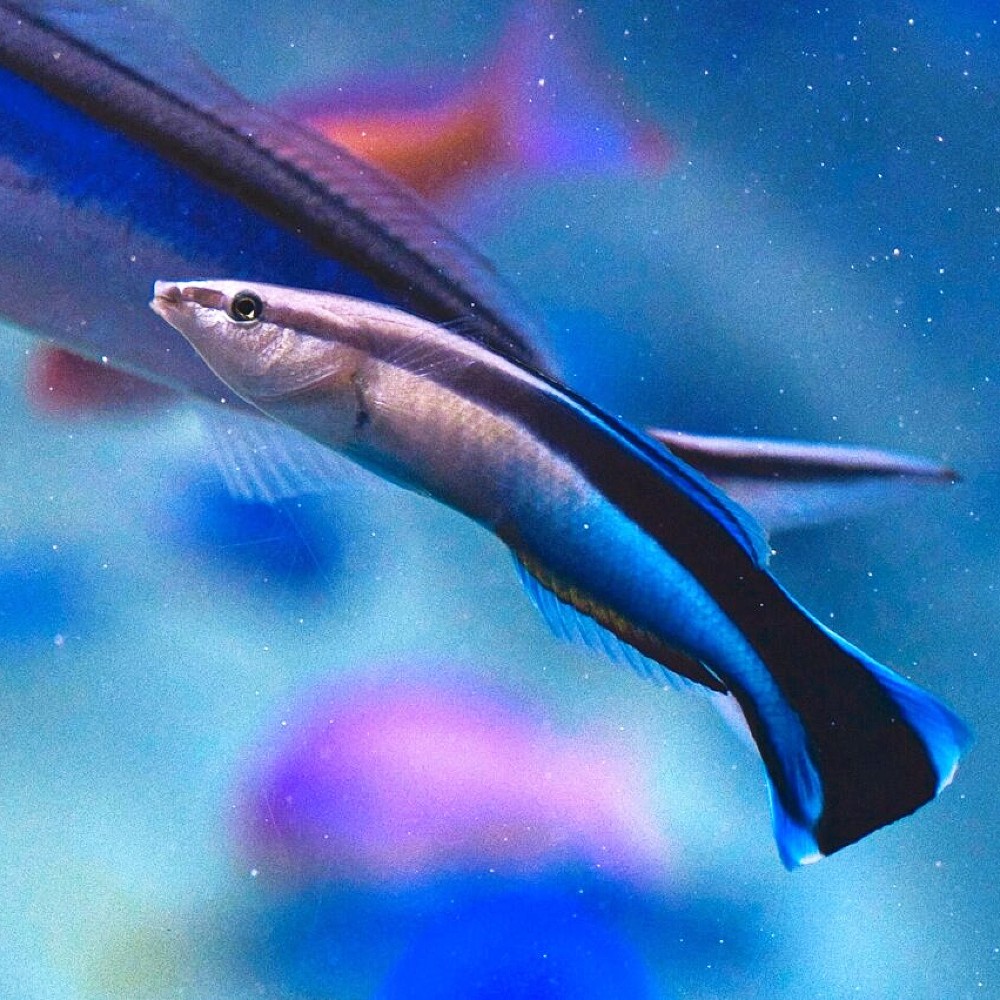
There are very few animals who can recognize their own reflections. A recent study proves that the Labroides dimidiatu, commonly known as the cleaner fish, could be the latest edition to that list. An MSR study (mirror self-recognition) was conducted to investigate the cleaner fish’s reactions to images and reflections of themselves and of other fishes. Analyzing their aggression of behaviors, the research team concluded that, just like humans, these fishes appeared to be quite able to recognize the reflection of their own individual faces.
The First Test
For the research, the team first conducted the mirror mark test, where 10 cleaner fish samples were chosen and marked on their throats, each marking resembling an ectoparasite. Then each fish was shown its own reflection in a mirror. All of the sample fishes exhibited throat-scraping behaviors, attempting to remove the suspected parasite.
The Second Test

Cleaner fish are generally known to react aggressively toward any unfamiliar fish. So, the team continued further testing with still images of cleaner fishes and a few unfamiliar fishes, presented before the live ones. They found that the fish who hadn’t participated in the previous mirror mark test acted aggressively to any still image of a fish, even if it was their own image on display. This result suggests that the mirror test acted as an effective way for those cleaner fishes to learn the visual characteristics of their own reflections.
The Findings
The researchers also combined the two sets of tests by putting the same mark on the throat of different fish images. The result showed that 75% of the fish tested exhibited throat-scraping behaviors while seeing still images of themselves but not seeing the images of the other fishes. It suggested that those fish could recognize the images as their own reflections. Adding their aggressive behaviors toward any unfamiliar fish’s images, these rounds of tests interestingly suggest that cleaner fish have a self-face recognition ability much the same as humans.